
The Pre-Raphaelite Brotherhood was a group of English painters, poets, and art critics, founded in 1848 by William Holman Hunt, John Everett Millais, Dante Gabriel Rossetti, William Michael Rossetti, James Collinson, Frederic George Stephens and Thomas Woolner who formed a seven-member "Brotherhood" modelled in part on the Nazarene movement. The Brotherhood was only ever a loose association and their principles were shared by other artists of the time, including Ford Madox Brown, Arthur Hughes and Marie Spartali Stillman. Later followers of the principles of the Brotherhood included Edward Burne-Jones, William Morris and John William Waterhouse.

Gabriel Charles Dante Rossetti, generally known as Dante Gabriel Rossetti, was an English poet, illustrator, painter, translator, and member of the Rossetti family. He founded the Pre-Raphaelite Brotherhood in 1848 with William Holman Hunt and John Everett Millais. Rossetti inspired the next generation of artists and writers, William Morris and Edward Burne-Jones in particular. His work also influenced the European Symbolists and was a major precursor of the Aesthetic movement.
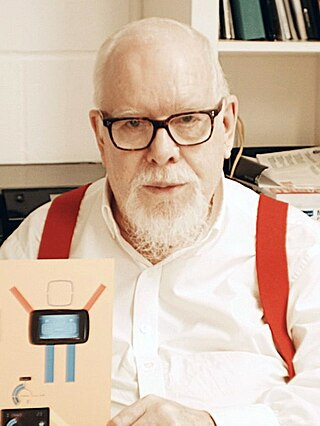
Sir Peter Thomas Blake is an English pop artist. He co-created the sleeve design for the Beatles' 1967 album Sgt. Pepper's Lonely Hearts Club Band. His other works include the covers for two of The Who's albums, the cover of the Band Aid single "Do They Know It's Christmas?", and the Live Aid concert poster. Blake also designed the 2012 Brit Award statuette.
An art group or artist group, sometimes also an artist collective, describes itself as an open or fixed association of artists to a group with a name. Founders and initiators of artist groups are mostly well-known artists, around whom similarly thinking artists are grouped. Many groups of artists had and still have a major and significant influence on the various epochs of art history. In a broader sense, literary groups and group formations of musicians can also be referred to as artist groups.

The epithet Nazarene was adopted by a group of early 19th-century German Romantic painters who aimed to revive spirituality in art. The name Nazarene came from a term of derision used against them for their affectation of a biblical manner of clothing and hair style.

Face Dances is the ninth studio album by English rock band the Who. It was released in 1981 by Warner Bros. in the United States and on Polydor in the United Kingdom. It is one of two Who studio albums with drummer Kenney Jones, who joined the band after Keith Moon's death three years earlier.
Fairy painting is a genre of painting and illustration featuring fairies and fairy tale settings, often with extreme attention to detail. The genre is most closely associated with Victorian painting in the United Kingdom but has experienced a contemporary revival. Moreover, fairy painting was also seen as escapism for Victorians.

The Germ, thoughts towards nature in art and literature (1850) was a periodical established by the Pre-Raphaelite Brotherhood to disseminate their ideas. The magazine was edited by William Michael Rossetti. The Germ was renamed Art and Poetry, being Thoughts towards Nature, conducted principally by Artists for its last two issues. It was not a success, only surviving for four issues between January and April 1850.

Ophelia is an 1851–52 painting by British artist Sir John Everett Millais in the collection of Tate Britain, London. It depicts Ophelia, a character from William Shakespeare's play Hamlet, singing before she drowns in a river.

The Ancients were a group of young English artists and others who were brought together around 1824 by their attraction to archaism in art and admiration for the work of William Blake (1757–1827), who was a generation or two older than the group. The core members of the Ancients were Samuel Palmer, George Richmond, and Edward Calvert. Except for Palmer, the central members who were artists were all students at the Royal Academy of Arts. They met in Blake's apartment, dubbed the "House of Interpreter" and at the home of Samuel Palmer in the Kent village of Shoreham. The Ancients made little impact on the English artistic scene during the ten years or so that the group continued, but several members were later significant artists, and interest in the group has gradually increased since the late 19th-century.
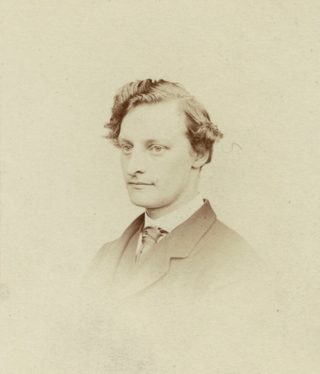
Edward Robert Hughes was a British painter, who primarily worked in watercolours, but also produced a number of oil paintings. He was influenced by his uncle and artist, Arthur Hughes who was associated with the Pre-Raphaelite Brotherhood, and worked closely with one of the Brotherhood's founders, William Holman Hunt.

Ann Arnold née Telfer, was an English fine art and figurative artist and a member of the Brotherhood of Ruralists.
Graham Arnold was an English contemporary fine artist, working primarily in oil and mixed media.
Ann Dinah Ovenden is a British fine artist and a founder member of the Brotherhood of Ruralists. She is a figurative artist.
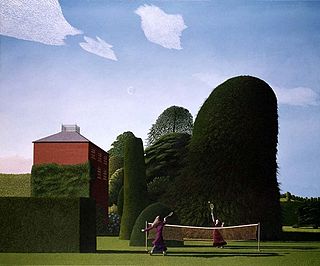
David Inshaw is a British artist who sprang to public attention in 1973 when his painting The Badminton Game was exhibited at the ICA Summer Studio exhibition in London. The painting was subsequently acquired by the Tate Gallery and is one of several paintings from the 1970s that won him critical acclaim and a wide audience. Others include The Raven, Our days were a joy and our paths through flowers, She did not turn, The Cricket Game, Presentiment and The River Bank (Ophelia).

Wellow railway station was a station on the Somerset and Dorset Joint Railway at Wellow in the county of Somerset in England. Opened on 20 July 1874, the station consisted of two platforms, a goods yard and sidings, controlled from an 18 lever signal box.
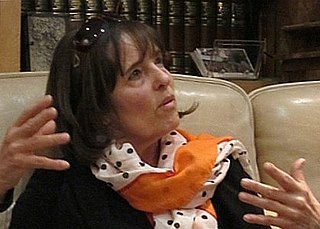
Jann Haworth is a British-American pop artist. A pioneer of soft sculpture, she is best known as the co-creator of The Beatles' 1967 Sgt. Pepper's Lonely Hearts Club Band album cover. Haworth is also an advocate for feminist rights especially for the representation of women in the art world.
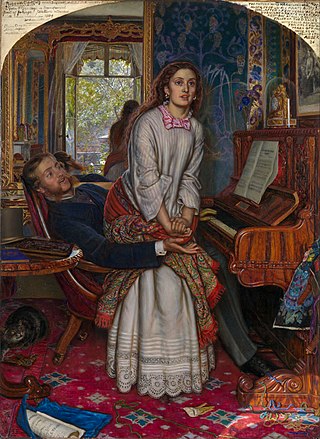
The Awakening Conscience (1853) is an oil-on-canvas painting by the English artist William Holman Hunt, one of the founders of the Pre-Raphaelite Brotherhood, which depicts a woman rising from her position in a man's lap and gazing transfixed out room's window.
Graham Stuart Ovenden is an English painter, fine art photographer and writer.

The River Bank (Ophelia) is a 1980 painting by the English painter David Inshaw. The subject is from William Shakespeare's play Hamlet. It was made for a joint exhibition of the Brotherhood of Ruralists, where each artist made his own interpretation of the subject. Since 2015 it belongs to the Victoria Art Gallery in Bath, Somerset.
















